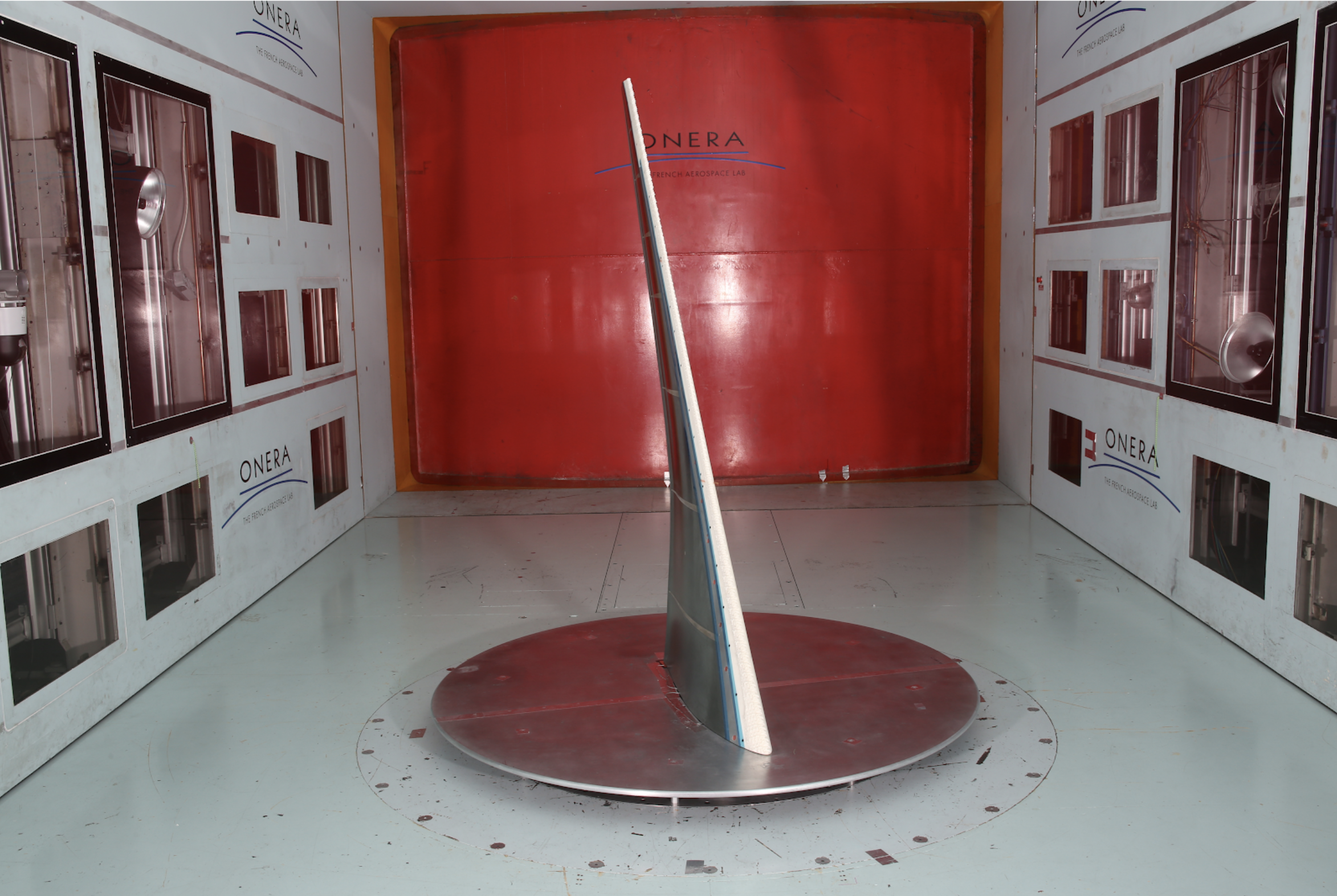NASA’s aeronautical researchers are using 3D printing to generate new data to deal with the aviation safety problem of icing. High-fidelity data of ice shapes generated on aircraft wings are documented through laser 3D scanning. Complex ice shapes are also 3D printed to better understand ice formation and its effects on an airplane.
That data, which will be publicly available in 2020, is the result of a cooperative five-year research program that involved NASA, the Federal Aviation Administration (FAA), The French Aerospace Lab (ONERA), and several U.S. universities.
Tackling icing on airplanes
In the past, icing research has relied on generating real ice in a specially equipped wind tunnel. Supercold water droplets are blown over an airplane parts, such as a wing, which then freeze on contact. Under these controlled conditions, the resulting ice shapes closely match those formed in nature. The ice shapes are then documented and used to run computer simulations to study the effects of various ice shapes on the aerodynamics of an airplane.
The methods used for documenting and analyzing those shapes have, until now, been relatively simple. “Our most common method was to cut a slice in the ice using a heated metal plate and insert a piece of cardboard into it, then trace the outline of the ice shape with a pencil,” said Andy Broeren, an icing engineer at NASA’s Glenn Research Center (GRC) in Cleveland. As the tracings were fairly basic in their construction, the fine details of the ice shape were lost. Therefore, the resulting computer code cannot fully represent the real-world phenomenon.
Through the years, researchers have attempted to artificially produce and measure more complex shapes by classic model-making methods such as molding and casting. Those models would then be attached to aircraft surfaces and tested in wind tunnels.

3D printing as a research tool
NASA is already using 3D printing to produce chemical sensors, rocket engines, and soft robots for space missions. This time, the agency is applying 3D printing as a research tool to better understand ice formation and its effects on an airplane. “If we can improve our understanding of how ice forms and affects aircraft in flight, that higher fidelity data could help us in several important ways,” added Broeren.
The benefits of 3D printing include improved validity of computer simulation tools that help predict ice formation and more fuel-efficient and cheaper airplanes. Furthermore, the high-fidelity data will enable the FAA to adjust its requirements for certifying an airplane’s ability to manage icing. Currently, the extra margin for safety in aircraft designs in case of ice is based on outdated icing research data. The adjustment will improve the safety of aircrafts and also lower development costs for airplane manufacturers.
This 3D icing research project began in 2015 using the icing wind tunnel at GRC. “When we started this project, we didn’t have a really good capability to measure the ice in three dimensions and do a high-fidelity 3D printer rendition of it,” Broeren said. “Now, we do.”
Inside GRC’s icing wind tunnel, the team uses 3D laser scanner to measure the ice shape generated on a large-scale wing section. 3D models of ice on aircrafts are then built and manipulated in computers. Accurate ice sculptures are 3D printed by a contractor.
The research continued through the end of 2018, when tests wrapped up in France at ONERA’s wind tunnel. Since then researchers have been compiling, refining, and sharing their results via technical papers and presentations. The final set of data will become public when the five-year agreement officially ends on May 31, 2020.

Subscribe to the 3D Printing Industry newsletter for the latest news in additive manufacturing. You can also keep connected by following us on Twitter and liking us on Facebook.
Looking for a career in additive manufacturing? Visit 3D Printing Jobs for a selection of roles in the industry.
Featured image shows NASA contractor Sam Lee uses a 3D laser scanner to measure the ice shape that was generated in the Icing Research Tunnel on a large-scale wing section at the Glenn Research Center in Cleveland. Photo via NASA.


